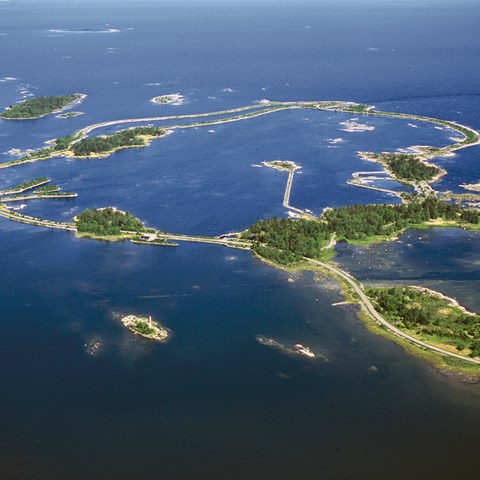Contact
Magnus Huss, Senior Lecturer, Director of Studies - postgraduate education
Department of Aquatic Resources, Institute of Coastal Research, SLU
magnus.huss@slu.se, +46 10 478 41 27

Using an artificially heated closed coastal bay in the Baltic Sea, a new study by researchers at Swedish university of Agrucultural Sciences (SLU) offers a unique chance to see what might happen to fish body growth in a future warmer sea. The study recently published in Global Change Biology shows that responses to warming happen gradually and vary depending on fish body size.
To enable predictions of how climate warming may affect natural fish populations, SLU researchers complied test-fishing data from a unique set-up with multi-decadal artificial heating of an enclosed coastal bay in the Baltic Sea and an adjacent reference area.
They assembled individual growth trajectories of ~13 000 unique individuals of Eurasian perch and found that body growth increased substantially after warming, but only among small-bodied perch. The strength of this response gradually increased over the warming period.
This study offers a unique example of how warming can affect fish populations over multiple generations, resulting in gradual changes in body growth, varying as the fish develop. Because the artificially heated area is a contemporary system mimicking a warmer sea, these novel findings can aid predictions of fish responses to further warming, taking into account that growth responses may vary both over an individual’s life history and over time.
Magnus Huss, Senior Lecturer, Director of Studies - postgraduate education
Department of Aquatic Resources, Institute of Coastal Research, SLU
magnus.huss@slu.se, +46 10 478 41 27